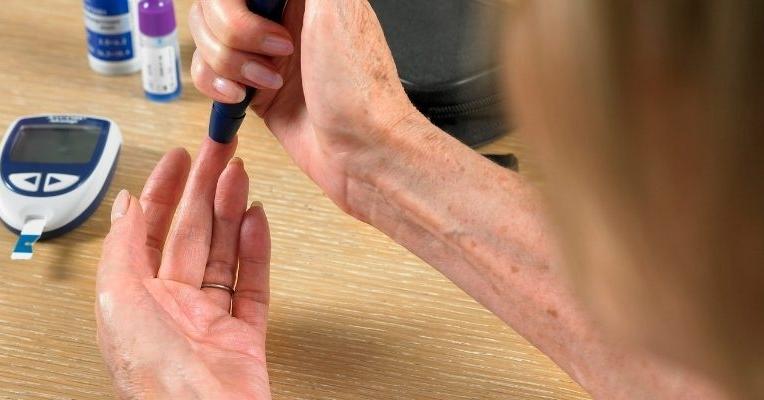In the search for effective management of diabetes, a chronic condition affecting millions worldwide, Pulsed Electromagnetic Field therapy has come up as a promising tool. Understanding what is PEMF therapy reveals its potential in offering non-invasive, supplementary management of diabetes symptoms. This therapy uses electromagnetic fields to stimulate the body’s natural healing processes. This article explores how PEMF therapy can be utilized to manage various symptoms associated with diabetes, enhancing the quality of life for those affected by this condition.
Improving Circulation and Reducing Risk of Diabetic Neuropathy
One of the critical complications of diabetes is impaired circulation, leading to conditions like diabetic neuropathy. PEMF therapy can significantly improve circulation, especially in the extremities, where diabetics often experience problems. By enhancing blood flow, PEMF therapy helps deliver more oxygen and nutrients to tissues, vital in preventing and managing neuropathy. The therapy’s ability to stimulate nerve repair also alleviates neuropathy symptoms, such as numbness, pain, and tingling sensations. Regular use of PEMF therapy can, therefore, be a valuable addition to diabetes management strategies, aiming to reduce the risk and severity of neuropathy.
Aiding in Wound Healing and Prevention of Infections
Diabetes can lead to slow-healing wounds, particularly in the lower extremities, posing a risk of serious infections. PEMF therapy has been shown to accelerate the wound-healing process by increasing cell regeneration and improving blood circulation. This enhanced healing process is crucial for diabetics, where even small wounds can become problematic. By using PEMF therapy, individuals with diabetes can experience quicker healing of cuts, sores, and ulcers, reducing the risk of infections and potential complications such as gangrene, which can lead to amputations in severe cases.
Regulating Blood Sugar Levels Through Stress Reduction
Stress can exacerbate diabetes by raising blood sugar levels. PEMF therapy’s role in reducing stress is beneficial in managing diabetes. The therapy helps lower cortisol levels, the stress hormone, and promotes relaxation. This relaxation response may positively impact blood sugar regulation, making PEMF therapy a supportive tool in controlling diabetes. The therapy’s stress-reducing effect can also improve overall well-being, making diabetes management less burdensome for patients.
Enhancing Sleep Quality for Better Diabetes Management
Poor sleep quality is often a challenge for individuals with diabetes and can adversely affect blood sugar control. PEMF therapy, known for its ability to regulate sleep patterns, can be particularly beneficial. By improving sleep quality, PEMF therapy helps regulate the hormones that control blood sugar levels. Adequate sleep is essential in managing diabetes effectively, and PEMF therapy’s role in promoting restful sleep can thus contribute significantly to the overall management of the condition.
Reducing Inflammation and Its Complications in Diabetes
Chronic inflammation is a common issue in diabetes, contributing to various complications like heart disease and stroke. PEMF therapy has anti-inflammatory properties, which can be advantageous in reducing systemic inflammation in diabetic individuals. By decreasing inflammation, PEMF therapy helps in reducing the risk of complications associated with diabetes. This can be particularly important in managing the long-term effects of the condition, contributing to a healthier life for those with diabetes.
Conclusion
Understanding what is PEMF therapy and its application in managing diabetes symptoms highlights its potential as an innovative and supportive treatment. From improving circulation and aiding in wound healing to reducing stress, enhancing sleep quality, and managing inflammation, PEMF therapy offers a multifaceted approach to diabetes management. This therapy, as part of a comprehensive diabetes care plan, may improve the quality of life for individuals with diabetes, providing a non-invasive, supplementary tool for controlling and managing the various aspects of this chronic condition. As research continues to unfold the full potential of PEMF therapy, its role in diabetes management represents a promising avenue for enhancing patient care and well-being.
